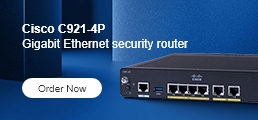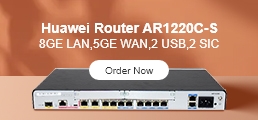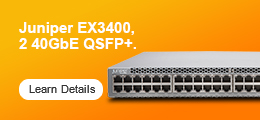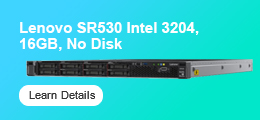The foundation of a fast, stable, and scalable network lies in choosing the correct switch type. A pivotal decision for network engineers often involves the choice between Layer 2 and Layer 3 switches. Both are integral to data transmission, but their specific roles vary significantly based on your network's design.
1. What Is a Layer 2 Switch?
A Layer 2 switch operates at the Data Link Layer of the OSI model. It forwards frames based on MAC addresses, enabling efficient communication within the same LAN or VLAN. Layer 2 switches are ideal for simple, cost-effective networks where traffic remains local.
Key Features:
- Uses MAC address tables for forwarding
- Works within a single broadcast domain
- Supports VLANs (on managed models) for network segmentation
- No built-in routing capabilities
Typical deployment: Commonly deployed at the access layer, connecting endpoints like PCs, printers, IP cameras, and wireless access points. Managed Layer 2 switches may offer basic VLAN support and limited QoS or ACL functionality.
2. What Is a Layer 3 Switch?
A Layer 3 switch operates at both the Data Link Layer and the Network Layer. In addition to MAC-based switching, it can route packets using IP addresses, enabling inter-VLAN routing and advanced traffic segmentation within more complex networks.
Key Features:
- Supports IP routing between VLANs or subnets
- Maintains routing tables and may support static/dynamic protocols
- Offers advanced ACLs and QoS for granular traffic control
- Typically used at the distribution or core network layers
Layer 3 switches reduce reliance on traditional routers for internal traffic, improving performance in high-bandwidth or segmented environments.
3. Layer 2 vs. Layer 3: When to Use Each
| Feature | Layer 2 Switch | Layer 3 Switch |
| OSI Layer | Layer 2 (Data Link) | Layer 2 + Layer 3 (Network) |
| Forwarding Basis | MAC Address | IP Address (and MAC Address) |
| Routing Support | No | Yes (Inter-VLAN, Subnets) |
| Typical Use Layer | Access Layer | Distribution / Core Layer |
| Network Complexity | Small, flat networks | Medium to large, segmented |
| Configuration | Simple | Moderate to High |
| Cost | Lower | Higher |
| Primary Benefit | LAN connectivity, simplicity | Routing, segmentation, control |
Choose Layer 2 switches for:
- Smaller, flatter networks
- Networks where routing is handled by a central firewall or router
- Connecting end-user devices at the access layer
Choose Layer 3 switches for:
- Networks with multiple VLANs that need to communicate efficiently
- Larger or segmented networks requiring internal routing and traffic control
- Deployments at the distribution or core layers
- Scenarios where ACLs and QoS are needed at the switch level
Need enterprise-grade Layer 2 or Layer 3 switches? Explore our Cisco Catalyst switch for reliable, high-performance models.
4. Frequently Asked Questions (FAQ)
Q1: Do I need a Layer 3 switch to use VLANs?
A: Not always. Managed Layer 2 switches are great for setting up VLANs to keep network traffic separate and secure within their own segments. However, if your network design requires devices in different VLANs to communicate seamlessly, which means handling inter-VLAN routing, then a Layer 3 switch is the necessary component.
Q2: What are the disadvantages of Layer 3 switches?
A: The main considerations (or disadvantages) of Layer 3 switches include:
- Higher Cost: They generally carry a higher price tag than Layer 2 switches with similar port counts and basic functionality.
- More Complex Configuration: Setting them up requires a solid grasp of IP routing protocols, VLAN segmentation, and network security policies.
- Potential Over-configuration for Simple Networks: For smaller, flatter networks that don't need to route traffic between VLANs, a Layer 3 switch might be overkill, adding complexity and cost without much benefit.



















































































































